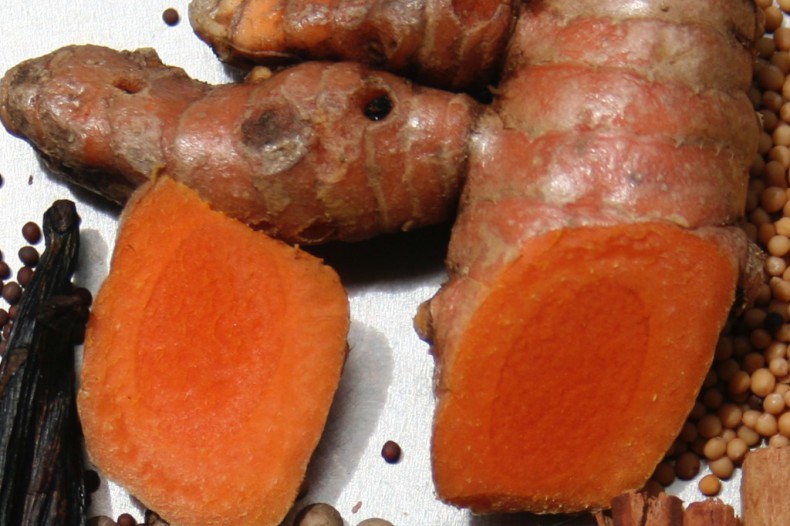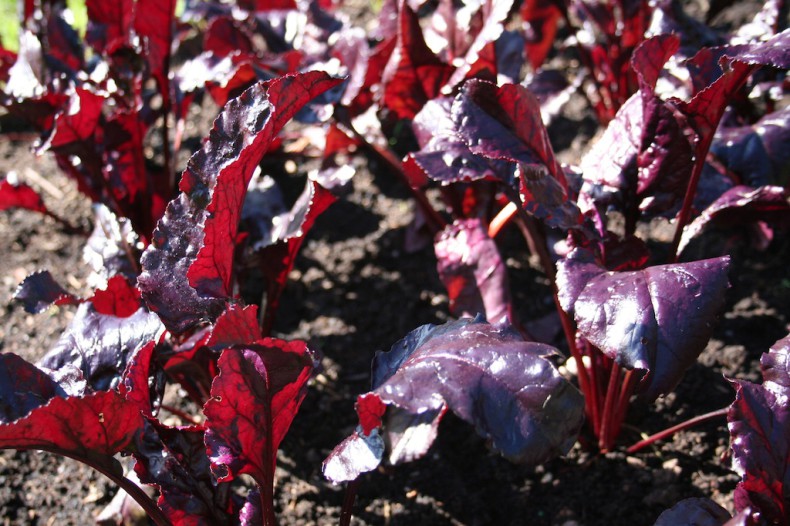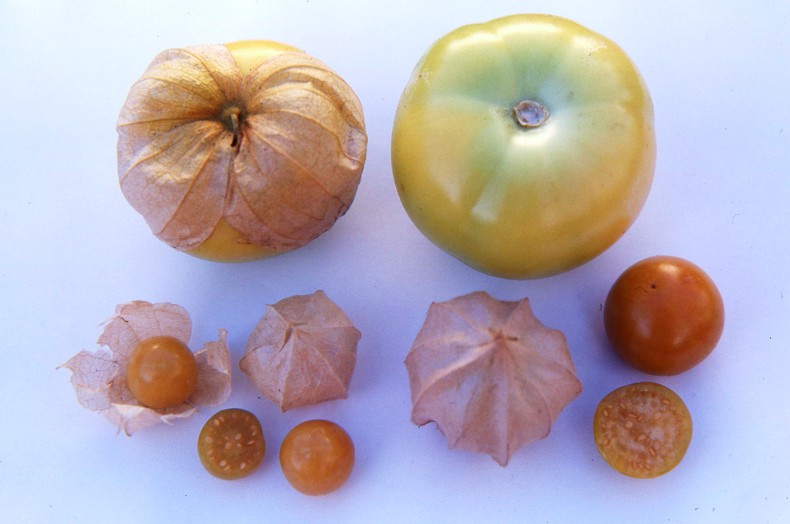Known in India as grandmother’s herb the root of this ‘cure all’ plant is antiseptic and astringent. Turmeric is a herbaceous perennial that grows from the characteristic orange yellow rhizome with broad oblong leaves. It thrives in tropical and sub-tropical regions planted into well-drained humus-rich soils in autumn. In cooler regions plant into large pots, full of composty soil and sit the pot in a sunny position where it will receive almost no water during late autumn, winter and early spring, but make sure it gets plenty of water once the weather warms up. Turmeric is a heavy feeder so top up with compost or manures or blood and bone every few weeks once it starts vigorously growing in spring. Read more
I was leafing through the book I wrote with Pam Vardy, Community Gardens: A Celebration of the People, Recipes and Plants because I had been thinking about refugees and immigrants and how much they have enhanced our lives. Since the new government has been in power (and to some extent the previous government) the rhetoric has again resembled that of the Howard government and the Tampa. It was the events surrounding Tampa that prompted Pam and myself to get together and combine our skills (hers in interviewing and cooking, and mine in gardening and writing) to produce a book that show cases just a few of the very many ways that people from other cultures and countries have added to our lives and lifestyles in Australia. To highlight this, I thought that from time to time, by taking extracts from the book, I would focus on unusual individual plants or ways of using plants that we would not otherwise have available for our gardens or meals. Read more
By Gail Thomas
As alternatives for the garden cape gooseberries, ground cherries and tomatillos (all in the Physalis family) are both edible and ornamental with their fruit forming in protective lantern-like calyxes which conveniently keeps the birds and bugs at bay.
All three species are best planted in spring and treated similarly to tomatoes. The lemon/gold flowers develop into green calyxes which turn to a papery beige hue as the fruit, suspended inside ripens from late summer through to autumn. Read more



